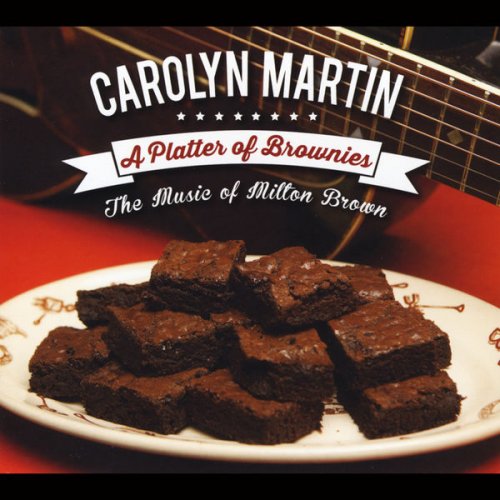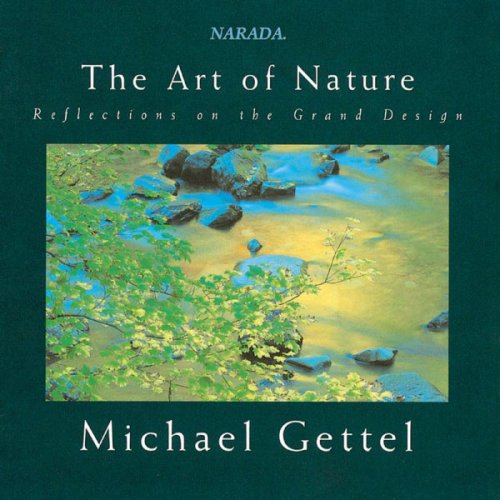Catherine Webster, Masques, Olivier Fortin - Baroque Christmas (2005) [Hi-Res]
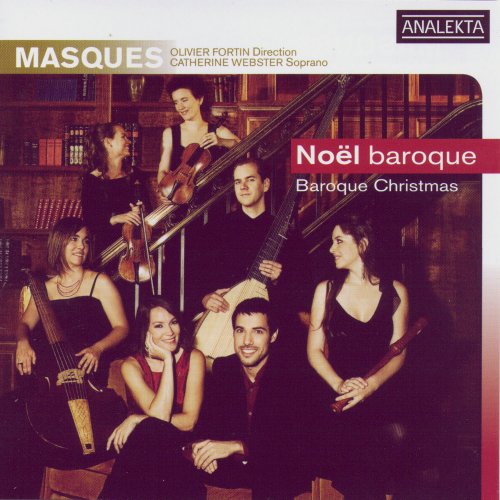
Artist: Catherine Webster, Masques, Olivier Fortin
Title: Baroque Christmas
Year Of Release: 2005
Label: Analekta
Genre: Classical
Quality: flac lossless / flac 24bits - 88.2kHz
Total Time: 01:07:12
Total Size: 358 mb / 1.11 gb
WebSite: Album Preview
TracklistTitle: Baroque Christmas
Year Of Release: 2005
Label: Analekta
Genre: Classical
Quality: flac lossless / flac 24bits - 88.2kHz
Total Time: 01:07:12
Total Size: 358 mb / 1.11 gb
WebSite: Album Preview
01. Joseph Est Bien Marié
02. Or Nous Dites Marie
03. Laissez Paître Vos Bêtes
04. Vous Qui Désirez Sans Fin
05. À La Venue De Noël
06. O Créateur
07. Une Jeune Pucelle
08. Où S'en Vont Ces Gais Bergers?
09. Christmas Day Is Come!
10. Cantate Oh Di Betlemme Altera Poverta: Introduzione (Allegro-Pastorale)
11. Cantate Oh Di Betlemme Altera Poverta: Recitativo "O Di Betlemme Altera"
12. Cantate Oh Di Betlemme Altera Poverta: Aria "Dal Bel Seno D'una Stella"
13. Cantate Oh Di Betlemme Altera Poverta: Recitativo "Presa D'uomo La Forma"
14. Cantate Oh Di Betlemme Altera Poverta: Aria "L'autor D'ogni Mio Bene"
15. Cantate Oh Di Betlemme Altera Poverta: Recitativo "Fortunati Pastori"
16. Cantate Oh Di Betlemme Altera Poverta: Aria "Toccò La Prima Sorte A Voi"
17. Concerto Pour Cordes Et Basse Continue En Re Majeur: Adagio
18. Concerto Pour Cordes Et Basse Continue En Re Majeur: Allegro
19. Concerto Pour Cordes Et Basse Continue En Re Majeur: Largo Spiccato
20. Concerto Pour Cordes Et Basse Continue En Re Majeur: Andante
21. Simphonies Des Noels Pour Les Instruments: 1re Simphonie
22. Simphonies Des Noels Pour Les Instruments: Où S'en Vont Ces Gais Bergers ?
23. Simphonies Des Noels Pour Les Instruments: 2e Simphonie
24. Simphonies Des Noels Pour Les Instruments: Ritournelle
25. Simphonies Des Noels Pour Les Instruments: Une Jeune Pucelle
26. Simphonies Des Noels Pour Les Instruments: 3e Simphonie
27. Simphonies Des Noels Pour Les Instruments: Elle Allait Au Temple
28. Noël Nouvelet
29. Villancico Tarara Tarara Qui Yo Soy Antóniyo
![Catherine Webster, Masques, Olivier Fortin - Baroque Christmas (2005) [Hi-Res]](https://www.dibpic.com/uploads/posts/2021-05/1622100824_catherine-webster-masques-olivier-fortin-baroque-christmas-2005-back.jpg)
The birth of Jesus Christ revolutionized the temporal and cosmic order of Antiquity. He was the “Sun” of divine salvation and justice, who shed new meaning on all past and future events in the history of mankind.
Matilde Battistini, Simboli e allegorie, 2002.
No other feast in the liturgical calendar has given rise since the Middle Ages to such intense devotion or to a richer musical yield than Christmas. Next to large-scale works left by composers such as Schütz, Charpentier, Bach, and Berlioz, history has retained—especially from the Baroque period—a myriad of works in many genres which display all the joyousness associated with this celebration. Whether it be of anonymous or celebrated authorship, this repertoire’s mood is candid, and its melodies simple and easy to remember. Refraining from strict distinctions between the sacred and the secular, composers easily used as their starting point both popular tunes and plainsong associated since the Middle Ages with Christmastime. They put to music fitting devotional texts, like the Magnificat, or cantata librettos written especially “per il Santissimo Natale.”
Popular devotion naturally turned to the shepherds round the manger, probably because they were the first, according to the Gospel of Luke, to whom the angels announced the momentous birth, and also because the humble would be its main beneficiaries. To this end, peasants have long sung, danced, and also played pastoral instruments like recorders, chalumeaux, shawms, and oboes, as well as drone instruments like bagpipes and hurdy-gurdies. Composers would transpose and refine into learned forms the various elements of this modest and tender music.
Moreover, Italy saw in the gently swaying siciliana a transposition of the motherly affection which accompanies the birth of Jesus. As Johann Mattheson rightly observed, its particular rhythm (in a slightly dotted 6/8 or 12/8 time signature) recalls “an immaculate and chaste love, a genuine naivety, both natural and pleasant..” Whether an organ piece, a concerto movement or a cantata aria, the pastorale—which mustn’t be confused with the secular genre (often written “pastoral”) that features the happy or doomed love affairs of shepherds from mythical Arcadia—always follows to some extent this graceful lullaby rhythm. In some passages, a pedal point replaces the drone of rustic instruments.
Like the famous Christmas concertos of Arcangelo Corelli and Giuseppe Torelli, Gaetano Maria Schiassi’s Pastorale per il Santissimo Natale di nostro Signor Jesu also ends with a siciliana. Schiassi was a musician of the Bolognese school who died in Lisbon in 1754 after having worked some time in Germany. This concerto, which has come down to us only in manuscript form, makes liberal use of echo effects and it offsets the canonic writing of the Allegro against the ingenuousness of the closing pastorale. The final rising pianissimo scale undoubtedly seeks to illustrate the angels’ heavenward flight following their proclamation.
The Spanish-born Antonio de Salazar arrived in Puebla in 1679; eight years later and until his death in 1715, he occupied the post of maestro de capilla at the Mexico Cathedral. His villancico Tarara tarara qui yo soy Antóniyo features the young shepherd Antonio, “black at birth,” who joyfully and full of spontaneity invites us to follow him and marvel at Jesus and the Virgin Mary at the manger. The impact of the Mother figure on the collective imagination of Latin cultures is well known. Setting aside the abstract theological mystery of the Incarnation, Baroque aesthetics chose for the Nativity to concentrate rather on an emotion all could share in: maternal love, as so perfectly expressed by the birth of the Christ Child.
As with Salazar, the sacred and the secular combine in Alessandro Scarlatti’s Cantata pastorale, performed in Rome or Naples around 1700 in the palace of a prince or cardinal on Christmas Eve. Its text pays homage to the “pura verginella nacque già l’eterna prole” and enjoins the shepherds to hasten to “celebrar l’alto natale” by offering their heart to Jesus, who is both the Lamb of God and the greatest among shepherds. The second part of the cantata’s instrumental introduction and the final aria are both delicate sicilianas, whose bass notes are held like the drone of the zampogna, a type of Italian bagpipes.
The French expressed the more popular side of Christmas somewhat differently. Indeed, since the 17th century, organists such as Dandrieu and Louis Claude Daquin used noels (carols of sorts) that were widely sung by the ordinary folk, as themes for sometimes highly virtuoso variations. Used as supports for a variety of texts, the all-purpose melodies of these noels—though they cannot be traced with certainty— were undoubtedly of secular origin. Marc-Antoine Charpentier composed exceedingly beautiful instrumental noels around 1690, in parallel with his famous Messe de Minuit, in which he elegantly reconciled the learned style with the spirit of the original material. A few years later, Michel-Richard Delalande followed suit, except that he encased his gemlike noels in original sinfonies and ritournelles.
“By reconciling the techniques of the learned style with the tender, fresh and somewhat naive spirit of popular Christmas music,” in the words of Catherine Massip, the Baroque masters gave substance to the unfathomable mystery of the Incarnation, conferring on it emotions related to hope, peace, and pure love.
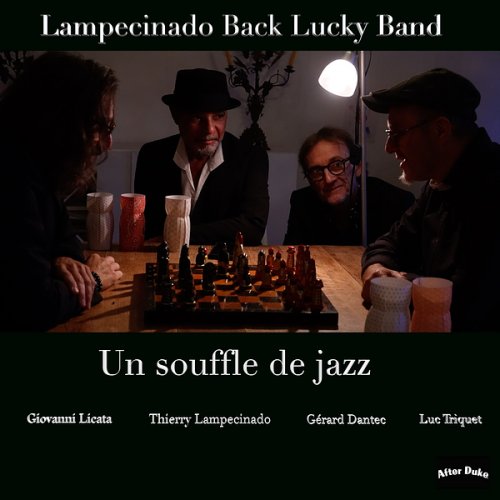
![Collin Walcott - Cloud Dance (1976/2025) [Hi-Res] Collin Walcott - Cloud Dance (1976/2025) [Hi-Res]](https://www.dibpic.com/uploads/posts/2025-12/1765538423_cover.jpg)
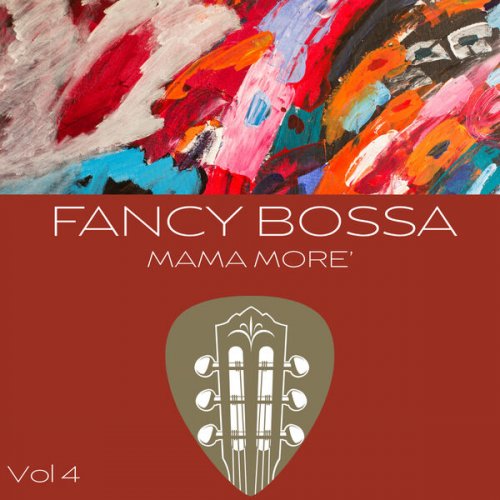
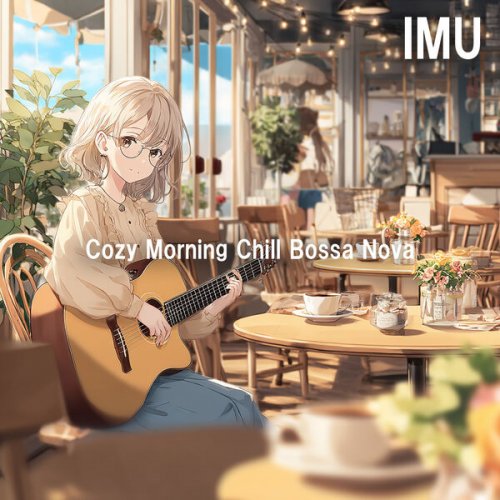
![Sam Dillon, Andrew Gould - Trade Off (2025) [Hi-Res] Sam Dillon, Andrew Gould - Trade Off (2025) [Hi-Res]](https://www.dibpic.com/uploads/posts/2025-12/1765497612_e7q3c9soiingb_600.jpg)
![Tomasz Stańko - Unit (Polish Radio Sessions vol. 2/6) (2025) [Hi-Res] Tomasz Stańko - Unit (Polish Radio Sessions vol. 2/6) (2025) [Hi-Res]](https://www.dibpic.com/uploads/posts/2025-12/1765790300_cover.jpg)

